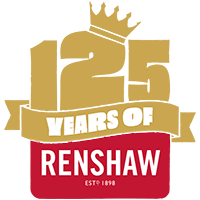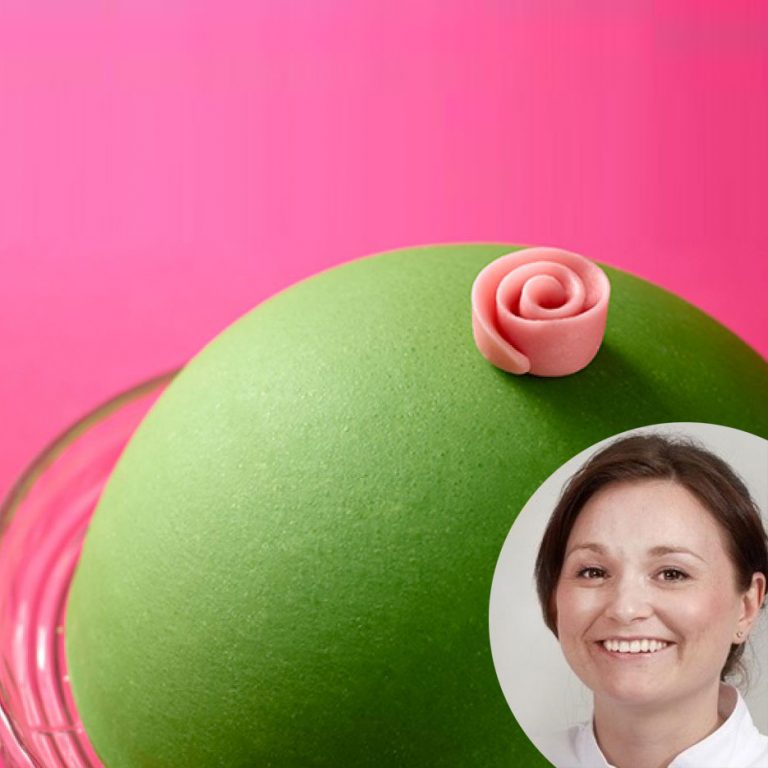Flying the flag for marzipan
Monday 9th January 2017
Marzipan was where it all started for Renshaw. Rumour has it back in 1898, the first experiment batch of marzipan was made in a tin bath, in the back room of John F Renshaw’s home when he lived in Portland Street, London.
The business has come on leaps and bounds since those days. With no tin bath in sight, Renshaw was granted its Royal Warrant by King George VI in 1950 for “Purveyors of Almond Products”. There it remains to this day.
As it’s National Marzipan Day on 12th January, we’d like to share some of our knowledge and expertise we’ve gained over the years. We have many marzipan recipes in the collection that you may wish to try. One of my favourite is the Princess Torte, simple but delicious.
Renshaw marzipan has a great flavour with an almond content of 23.5%. We source our almonds from around the world to create our special blend which gives our marzipan a great flavour.
Modelling with marzipan
Did you know that marzipan is also a great medium to model with? Here are our top hints and tips if you fancy giving it a go:
- Before modelling with marzipan first take the amount required from the pack and knead until pliable.
- Keep any marzipan not in use well wrapped in cling film or in a grip seal bag.
- Modelling with marzipan is very similar to modelling with sugarpaste. All shapes start with a ball, a cone and sausage and progress from there. You can use the same modelling tools and you need little to no water to attach pieces together.
- Like sugarpaste you can add tylose powder to marzipan. This will give a firmer texture for modelling, if required.
- Remember when adding colour that the base is beige so any colour added will not be as vivid as when you colour a white base e.g. white sugarpaste.
- Stick to gel/paste food colouring. They are concentrated and it will take less to get the depth of colour than liquid food colouring.
- You can also use edible powder dusts to colour marzipan by either blending into the paste or dusting over the surface with a soft brush. Dusting works best if you only have one or two colours to use. Be sure to cover up any surrounding areas with cling film to catch any excess dust or colour up away from any finished work.
- If you’re finding that the marzipan is sticking to your hands then sprinkle them with icing sugar and rub your hands together. If this doesn’t help, give them a wash in cool water and thoroughly dry them.
- Stick to using icing sugar when using marzipan. Cornflour can make it ferment.

We’ve also got some great new marzipan recipes for you to try, like our Chocolate, Orange & Marzipan Roulade, as well as classics like the Battenberg.
What is your favourite marzipan recipe? Let me know over on Facebook or Twitter at Renshaw Baking.
Happy Baking,
Emma x


